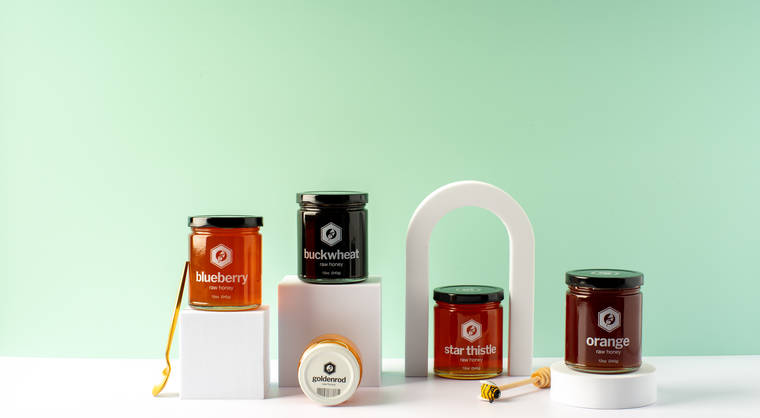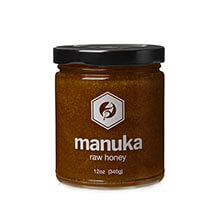The Art of Keeping a Honey Tasting Journal
July 31, 2024
by Natasha Nesic

Tasting journals are like a road map or a travel log of all the places—or in this case, sensations—that you’ve encountered on your culinary adventure.
As human beings, we are made to remember things and commit them to a safe place in recorded form so that we can share our experiences with others. That’s why we make films, play music, choreograph dance, write novels, and create art.
Isn’t the act of documenting and describing the history of our palate just another way to express how we see the world through our senses?
How to Start
Here’s an easy-to-follow set of guidelines for starting your own flavor journal, and we’ll use Adagio Bees’s raw honey as our method of exploration. Because honey, believe it or not, works super well for this!In addition to multiple—and well-sourced and delicious—forms of honey, Adagio truly specializes in bringing us incredible varieties of coffee and tea from around the world, via Lardera and Adagio Teas respectively.
Now, imagine: all of these coffees and teas have worlds of flavor profiles on their own—but what if they were combined with different Adagio honeys?
Come along for the ride and let’s find out!
1. Pick your honey
If you’re totally new to honey tasting and feel a little overwhelmed, that’s perfectly okay! There are no wrong choices for your first foray.
For example, something like Manuka Raw Honey is a great starter because it has so much to offer on its own.
Just having a spoonful by itself lets you taste so many different nuances like its hint of earth and chocolate, with the almost mint-like aftertaste at the back of your throat—as if it can throw its own roundhouse kicks that demonstrate how powerful it is as a healthy pantry item for your immune system. (True facts, check it out!)
2a. Pick your tea to try it with
If we keep going with the example of the Raw Manuka honey, then try looking at Adagio’s green tea selection for ideas of what you would like to pair it with.The subtle salt and smokiness of the rolled Chinese green tea known as Gunpowder, for instance, is really fabulous in context with the complexity of the honey.
You’ll have fun trying out different ratios of water to leaf, water to honey, and honey to leaf.
A stronger tea may need less honey, and vice versa. A lot of it depends on your personal preferences and taste buds!
2b. Pick your coffee
What, adding honey to coffee?! Many people might immediately think of adding milk or sugar, but trading one or both of these for honey is absolutely possible.In fact, adding raw honey to your coffee is a great way to get in those health benefits we mentioned earlier, and a delicious delivery mechanism to boot!
How about trying a green coffee like Junin Natural, which is almost like a green tea in coffee form, so that the gentleness of that faintly tropical-fruity flavor profile can let the details of the Manuka honey really take command of the cup?
You can always experiment with the bean to water, water to honey, and honey to bean ratios the same way you did by trying out the different proportions of ingredients while making tea.
3. Take notes!
That’s where the flavor journal really comes into play. Every time you make a cup with the goal of exploration and curiosity, make sure that your chosen notebook—or notebook app, if you prefer—is open to a fresh page where you can document all the sensations around your experience. Keep your five senses in mind for reference:Sight
What does it look like as you get your drink ready for consumption? What color is the liquor, and does it change when honey is added to it?
Sound
What do you hear in the cup as your honey dissolves—froth, bubbles, then maybe the heavy or light swishing of liquid as you lift the cup to take a sip?
Smell
What kind of aroma do you perceive as you prepare the coffee or tea? How does it change once you add your honey? Does the smell of the honey differ profoundly from its unaltered state in the jar?
Touch
How does it feel as you’re drinking? Smooth and easy? Dry and astringent?
Taste
The best part! Try to sense how your cup approaches all the culinary dimensions of flavor: salty, sweet, bitter, spicy, pungent, and umami.
Start logging associations with all the different flavors if you can place them with others you have experienced previously.
For example, are the chocolate notes of the Manuka honey similar to milk or dark chocolate? Truffles or ice cream? Close your eyes and let your tongue do the rest.